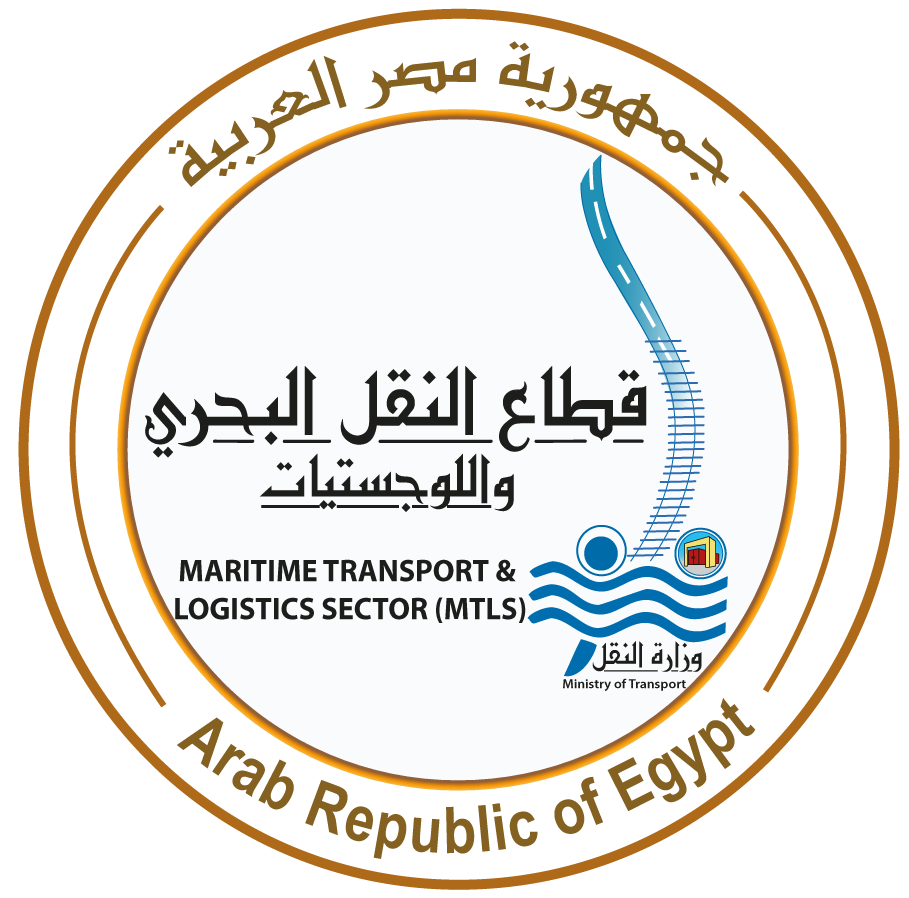Kamel El Wazir, Minister of Transport said that “In line with the presidential mandates, the Ministry of Transport has immediately taken necessary steps and set off entailed measures for the completion of the first phase of the integrated logistic Sokhna/ Dekhila axis road project construction, dedicated to
containers transport to connect the Red Sea with the Mediterranean Sea.
Such measures included inter alia, the coordination with the global container terminal operator incorporating the Hutchison Port alliance companies, and three of the largest international shipping companies worldwide (MSC – CMA – COSCO).
This coordination resulted in the Ministry of Transport starting to take the necessary measures for granting a concession to the abovementioned Alliance, to build and upgrade the superstructure, utilize, manage, operate, maintain, and re-deliver the Sokhna port container terminal and Quay no.100 Container Terminal of Dekhila Port (Build-Operate-Transfer Management System “BOT”).
Furthermore, the Minister pointed out that intended Direct Foreign Investments to be allocated by the Alliance to this project are estimated at 1.6 billion $, adding extra capacity to the Egyptian ports with an estimate of (5 million TEU/annually), which represents an increase of about 50% in the handling capacity of all Egyptian ports and an increase of approximately 100% of the total exports and imports at
the Egyptian Ports.
In the meantime, the Minister clarified during the press conference, that the total length of quays in these terminals amount to 3800 m ( 2600 m in the container terminal in Sokhna port and 1200 m in Dekhila container terminal) in addition to 18 m draught and a total area of 2.4 million m2 (1.6 million m2 in Sokhna,0.8 million m2 in Dekhila), which allow these ports to receive the largest Mega Container Ships with lengths of 400m, and tonnages of approximately 240,000 tons and with a total cost of approximately 11 billion L.E (7.6 billion L.E in Sokhna and 3.5 billion L.E in Dekhila port) . These terminals are designed to utilize modern management and operation systems, which rely completely on the remote control technology and artificial intelligence in order to guarantee the highest degrees of efficiency in operation to serve the global transit traffic.
